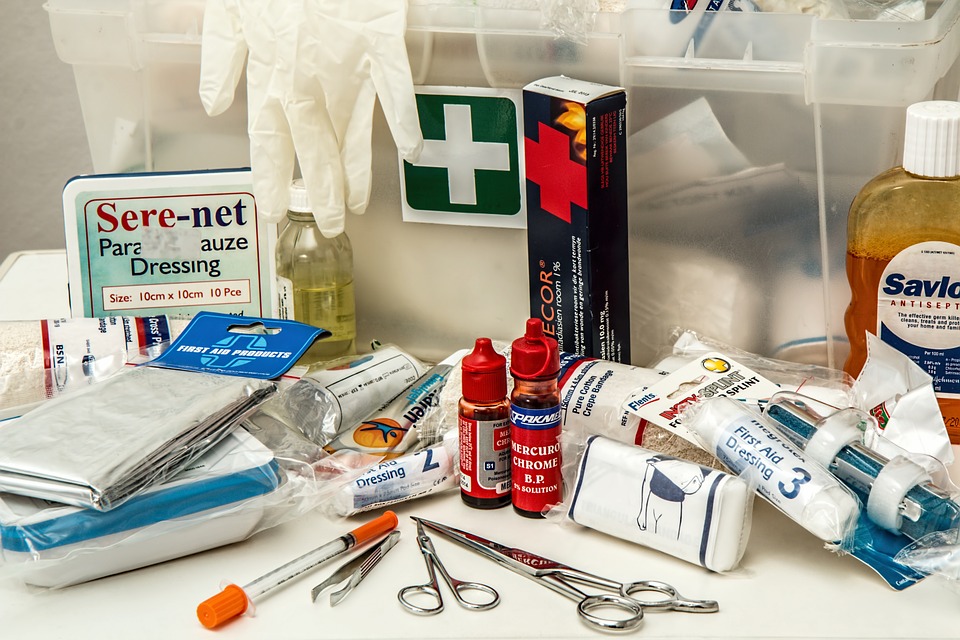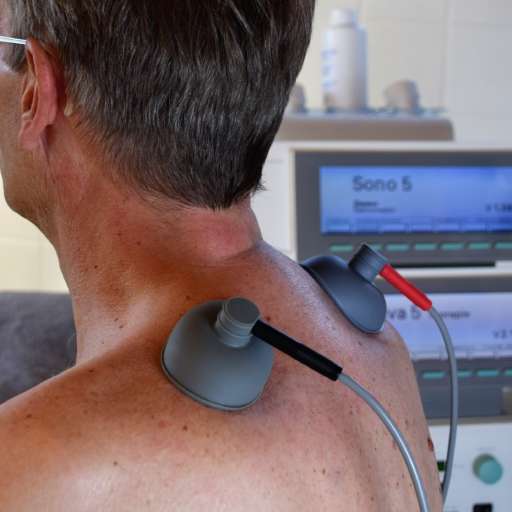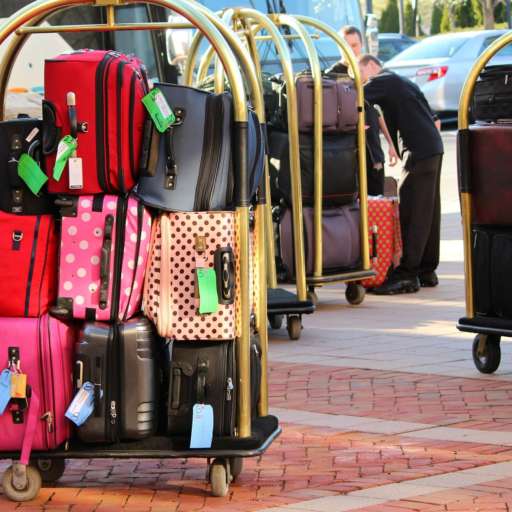When it comes to first aid kits, here’s what you should know. Everyone should have at least two in their possession. Ideally, one in the car and one at home. Families who have children should especially have a first aid kit handy in case of an emergency. A first aid kit should contain items to treat a wound or insect bites.

One of the first items that are necessary for a first aid kit is bandages. Different size bandages and Band-Aids are crucial to covering a wound. Try to keep at least two different sizes in your kit. Gauze bandages are handy to cover a wound but won’t stick to the site. Gauze bandages come in different sizes so each kit should have a variety of sizes. A good rule of thumb is to include bandages for the knuckles, fingertips and larger bandages in the kit. Along with bandages in the kit, a good pair of scissors for cutting the bandage will be needed. To secure the gauze bandage, be sure to have sticky medical tape in the kit as well. To apply medications such as antibiotic creams or cleaning the site with sterilizer, cotton swabs or cotton balls will help.
Implements are also needed in a first aid kit. To remove stingers or splinters, a good pair of pointy tip tweezers are needed. To be sanitary and safe, a pair of plastic surgical nitrite gloves will reduce any contamination to the patient or the first aid responder. Also, a sewing needle should be included in the kit to help with the retrieval of a splinter or glass shard.
Cleaning the wounded area will require an anti-septic cleanser or hydrogen peroxide. Antiseptic wipes are now available to help cleanse the area. Hand sanitizer should also be included in the kit to remove any germs before starting first aid. Dermabond should be included to treat the wound site if required. Dermabond will form a bond over the site to keep the wound intact and helps with speeding the healing process.
A first aid kit should also include medications to treat insect bites or wounds. Antibiotic ointment can be used to prevent infections. For insect bites or someone with an allergic reaction, the kit should include an antihistamine such as Benadryl, either cream or pill form. For those who have known allergies, Epinephrine will prevent further shock from occurring to the patient. To help with pain, a bottle of Tylenol or aspirin is a necessity.
In addition to all these necessary items for treating a wound, a first aid kit should include a blanket to cover the patient to prevent shock and an instant cold compress to apply at the wound site to reduce swelling. In cases of fever, a thermometer will come in handy to evaluate the patient for high temperatures which may indicate infection. For eye injuries, be sure to keep an eyewash solution in the kit to rinse the debris from the eye. Keeping a flashlight in your kit will be essential in certain situations where lighting may not be adequate.
As a parent or grandparent, having these items on hand with small children is more important than having a bucket list. Accidents do happen and it is always better to be safe than sorry and to have these items readily available to treat your loved one, or even strangers for that matter, in an emergency. A first aid kit should always accompany you wherever you go, whether it’s on vacation or out of town. With or without family or friends, safety should always be on your to-do list.
Make sure that your supplies are kept up to date and still in working order in case an emergency does arise. Be sure that everyone, including the small children and visitors to your home, knows where the first aid kit can be found. Children should be made aware of the kit and what it is to be used for. Your first aid kit can contain the items listed above but can include more. Consider what you or your family may need and include those items as well. Having the right supplies on hand, whether in your car or at home, in the case of an emergency is a warning that everyone should heed.

